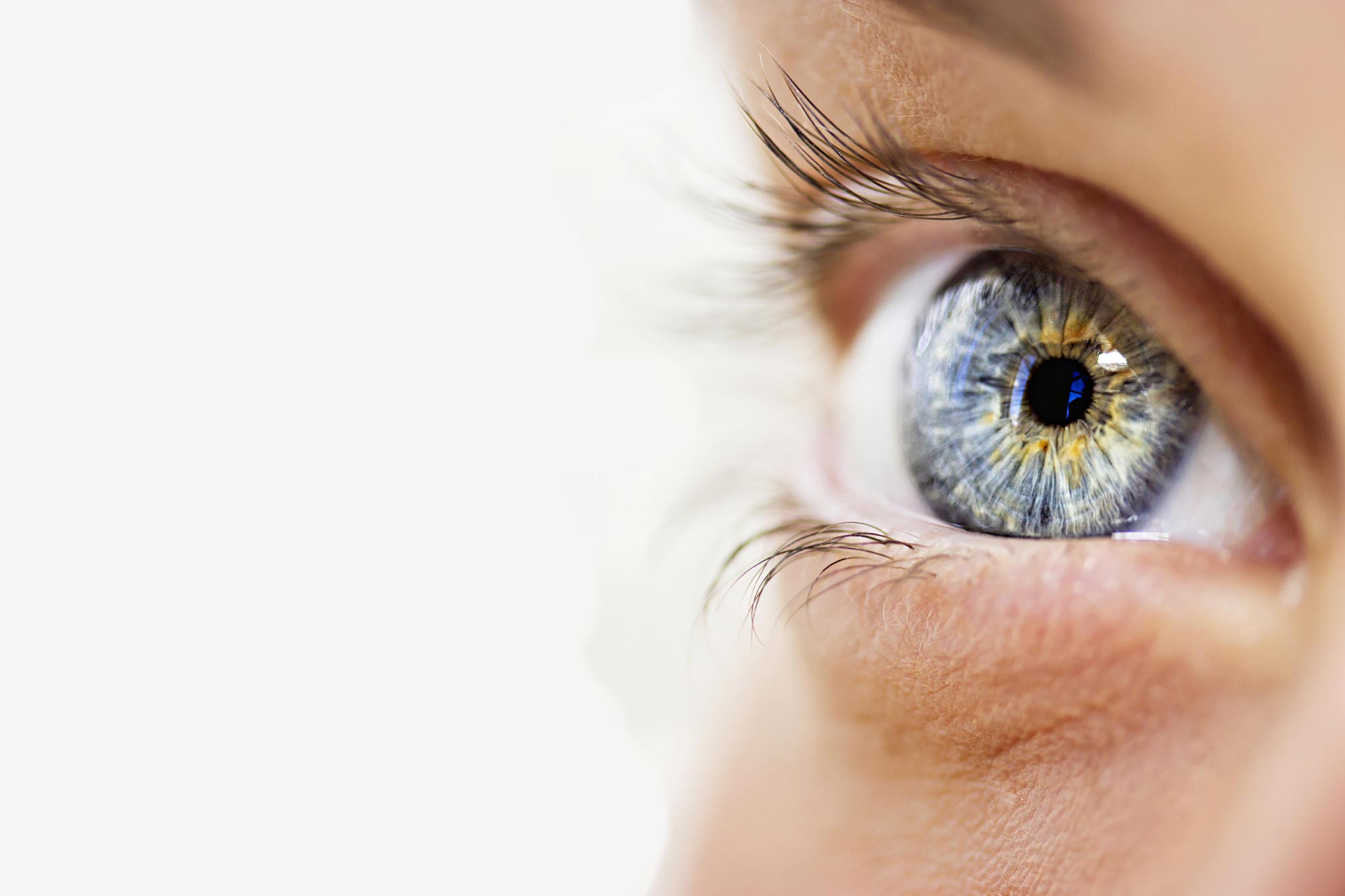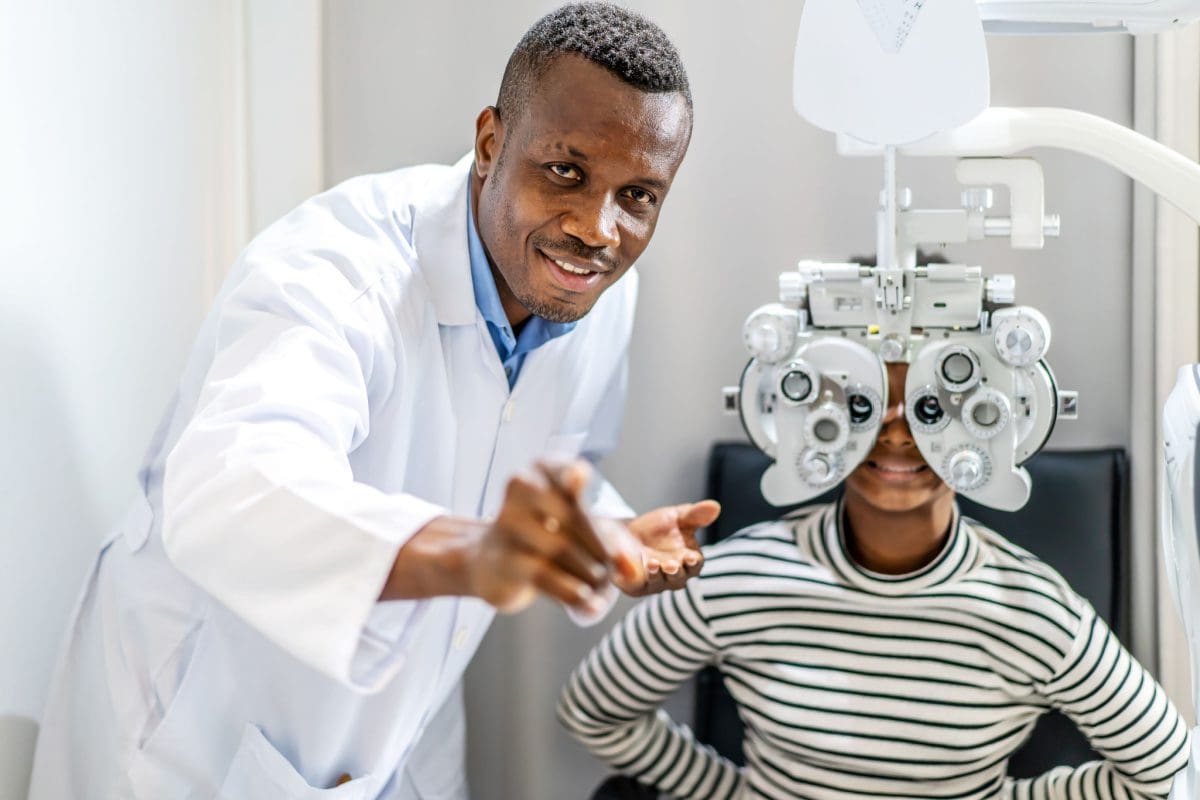Neurologist in Andalusia: Leading Specialists and Clinics Provided
Neurologist in Andalusia: Leading Specialists and Clinics Provided
Blog Article
The Complete Breakdown of Retina Disorders and Just How They Influence Your Vision
The elaborate network of cells in the retina plays a crucial role in converting light right into the images that allow us to perceive the world around us. Retina problems can disrupt this delicate procedure, resulting in a range of vision problems. Comprehending the complexities of these conditions is important for comprehending exactly how they impact your vision and the possible effects they might carry your overall eye health. By checking out the makeup of the retina, typical disorders that can influence it, their reasons, signs, and available therapy alternatives, we can acquire valuable understandings into maintaining and safeguarding our vision.
Summary of Retina Composition
The detailed framework of the retina functions as the structure for visual perception and plays a crucial role in the process of converting light right into neural signals for the mind to analyze. Found at the back of the eye, the retina contains several layers that interact seamlessly to help with vision. At the core of this complicated structure are photoreceptor cells known as cones and rods. Poles are in charge of vision in reduced light problems and spotting movement, while cones are crucial for shade vision and detailed visual skill. These photoreceptor cells convert light energy into electrical signals that are then refined by other retinal cells, such as bipolar cells and ganglion cells. The bipolar cells beam from the photoreceptors to the ganglion cells, which subsequently send these signals through the optic nerve to the mind for aesthetic processing. Understanding the elaborate makeup of the retina is essential in understanding how vision functions and how numerous retina conditions can impact aesthetic understanding.

Common Retina Disorders
Retina disorders incorporate a variety of conditions that affect the intricate structure of the eye responsible for aesthetic processing. One usual disorder is age-related macular deterioration (AMD), a leading cause of vision loss in people over 50. AMD impacts the macula, a component of the retina important for sharp central vision, leading to blurriness or dead spots in the central aesthetic area.
An additional prevalent problem is diabetic retinopathy, happening in individuals with diabetes. High blood sugar levels damage the capillary in the retina, leading to vision problems or loss of sight if left unattended. Retinal detachment is a severe problem where the retina draws away from its typical position, triggering a sudden beginning of advances, flashes of light, or loss of vision in a curtain-like pattern.
Last but not least, retinitis pigmentosa is a group of congenital diseases that trigger the failure and loss of cells in the retina, resulting in night blindness and a steady constricting of the visual area - andalusia pediatrics. Understanding these common retina problems is crucial in protecting vision and looking for prompt clinical treatment
Root Causes Of Retina Disorders
Various elements add to the development of retina disorders, including genetic tendencies, way of life selections, and underlying wellness problems. Hereditary predispositions play a significant function in several retina problems, such as retinitis pigmentosa and macular deterioration. Individuals with a family history of these problems go to a higher risk of establishing them due to acquired hereditary mutations influencing the retina's function.
Lifestyle choices can also affect retina wellness. Smoking, as an example, has been linked to an increased threat of age-related macular deterioration, a typical retina disorder that can cause vision loss. Poor nutritional habits lacking necessary nutrients like vitamins A, C, and E, in addition to omega-3 fatty acids, can additionally add to the advancement of retina disorders.
Underlying health problems, such as diabetes mellitus and high blood pressure, are known to influence the retina. Diabetic retinopathy, a complication of diabetic issues, can cause damage click here for info to the capillary look these up in the retina, bring about vision disability. Likewise, hypertension can result in hypertensive retinopathy, where high blood pressure impacts the blood vessels in the retina, possibly creating vision issues. Comprehending these reasons is essential in handling and preventing retina conditions.
Signs and Medical Diagnosis
Offered the considerable effect that triggers such as genetic proneness, way of living choices, and underlying health and wellness conditions can have on the development of retina disorders, it is vital to acknowledge the symptoms and utilize efficient diagnostic approaches for early discovery and monitoring. Signs and symptoms of retina conditions can differ relying on the certain problem but may consist of blurred or distorted vision, the abrupt look of floaters or flashes of light, a dark spot in the center of your vision, or a progressive loss of main vision. If you experience any of these symptoms, it is critical to seek instant clinical attention.
Identifying retina conditions normally entails an extensive eye exam, which might include visual acuity tests, dilated eye exams, optical coherence tomography (OCT), fluorescein angiography, or various other imaging examinations. Your eye treatment company might additionally inquire about your medical background and any type of household background of eye problems. Early detection via normal eye exams is essential to protecting against vision loss and handling retina problems properly. If Clicking Here detected with a retina disorder, your health care company will certainly collaborate with you to establish a customized treatment strategy to preserve your vision.

Therapy Alternatives and Administration
Treatment choices for retina conditions differ depending on the underlying cause and extent of the condition. In instances of retinal detachment, surgical interventions such as vitrectomy or scleral fastening might be necessary to prevent and reattach the retina vision loss.
Routine eye tests and very early discovery of retina problems are important for effective management and treatment results. Clients with retina disorders should work very closely with their eye doctor to establish a personalized therapy strategy that resolves their certain needs and helps preserve ideal visual function.
Conclusion
To conclude, understanding the makeup of the retina, typical disorders, causes, signs, diagnosis, and therapy choices is important in taking care of vision disabilities. Retina problems can substantially impact vision and high quality of life, making early discovery and correct administration necessary. By remaining educated about these problems and looking for suitable treatment, individuals can much better preserve their vision and maintain total eye wellness.

Recognizing the complex anatomy of the retina is fundamental in comprehending exactly how vision features and exactly how various retina problems can impact aesthetic assumption.
Retinal detachment is a serious disorder where the retina pulls away from its normal setting, triggering an unexpected beginning of floaters, flashes of light, or loss of vision in a curtain-like pattern.
Symptoms of retina problems can vary depending on the details condition yet may consist of obscured or distorted vision, the unexpected appearance of advances or flashes of light, a dark area in the center of your vision, or a gradual loss of main vision.In final thought, recognizing the composition of the retina, typical conditions, triggers, symptoms, diagnosis, and treatment alternatives is crucial in managing vision problems.
Report this page